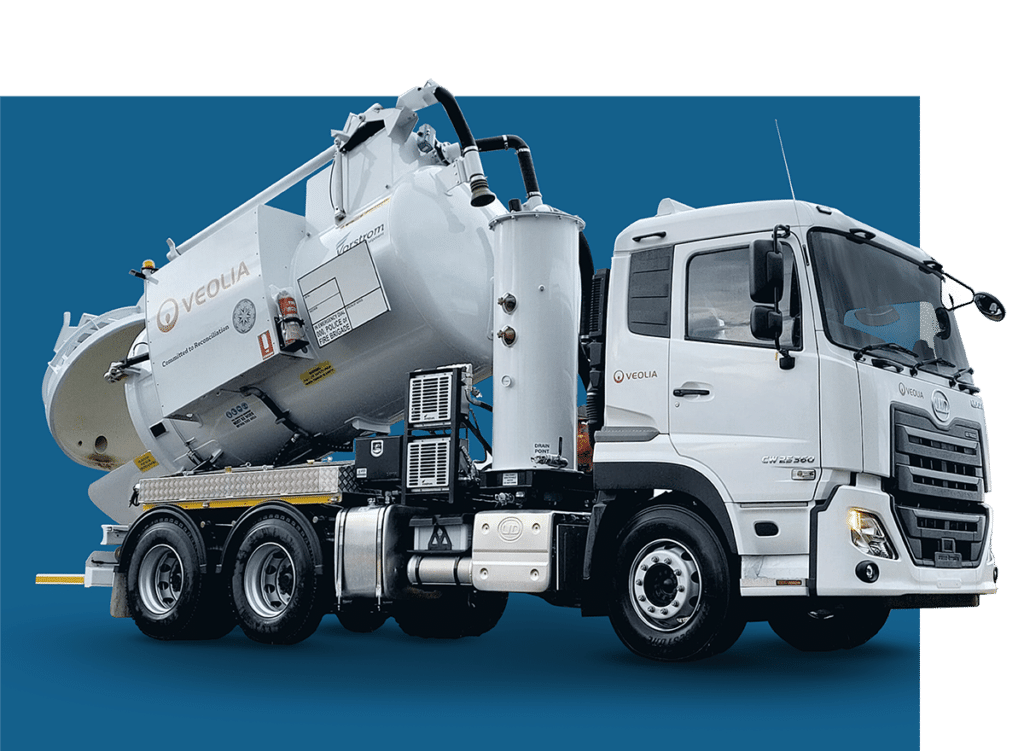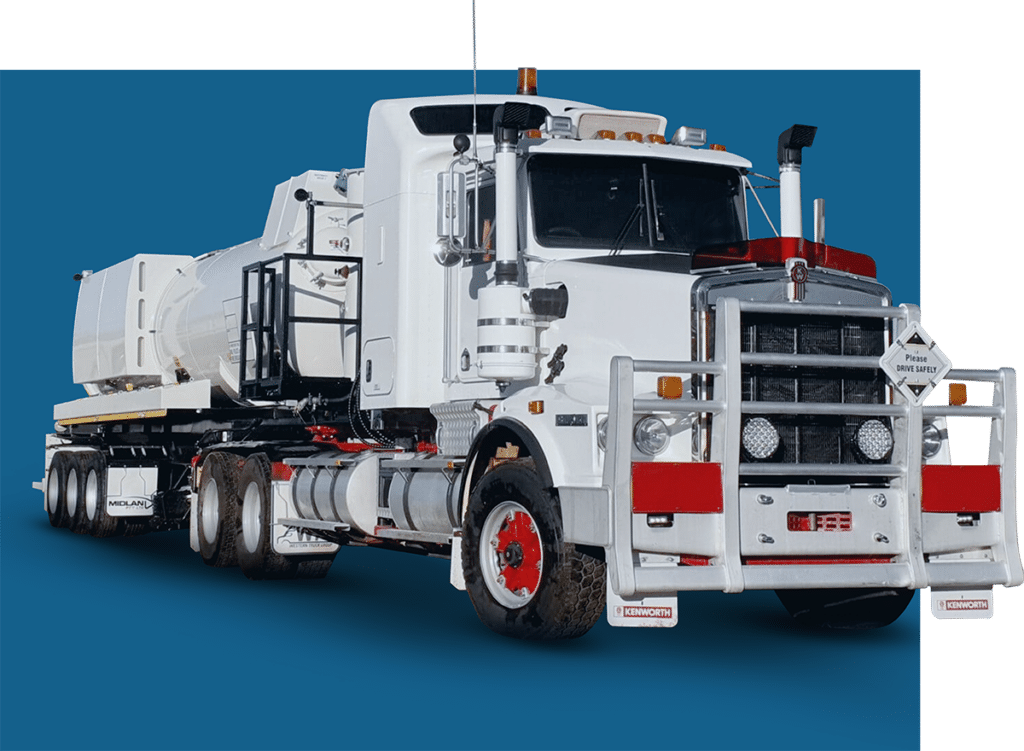Dangerous goods transport is a critical and highly regulated industry. Whether you’re a manufacturer, distributor or logistics provider, the safe and compliant transport of hazardous materials rests with you. Selecting the right transport unit is a fundamental step in this process because everyone from employees and contractors to road users and the environment is at risk when dangerous goods transport fails.
The following information is a guide to use in conjunction with your local dangerous goods transport certification authority laws and recommendations.

Getting the groundwork right
Construction
The construction materials used in dangerous goods transport must be durable, corrosion-resistant and capable of withstanding the stresses of transportation. The design of dangerous goods transport units must facilitate safe loading and unloading with easy access points, adequate cargo containment such as spill-proof hose trays, and in some cases, adequate ventilation on discharge ports to prevent the buildup of harmful fumes or gases.
Testing
- Dangerous goods transport units that transport flammable or chemical liquids must undergo regular inspections and testing to check for structural integrity, leakage and corrosion.
- Emergency response equipment and pressure vessels must meet Australian standards and undergo periodic inspections, retesting and recertification to ensure they remain safe for use.
- Comprehensive records of testing, inspections, maintenance and repairs must be maintained to provide evidence of compliance and help track the unit's history.

Certification
In Australia, dangerous goods are classified and regulated according to the Australian Dangerous Goods (ADG) Code. The ADG Code is aligned with the United Nations Recommendations on the Transport of Dangerous Goods (UNRTDG) and the International Maritime Dangerous Goods (IMDG) Code, and it provides a framework for the classification, packaging, labelling and transportation of hazardous materials. Common classes of dangerous goods in Australia, as per the ADG Code, include gases, flammable materials and radioactive or toxic materials.
Australia also recognises other dangerous goods classification systems, such as the Globally Harmonized System of Classification and Labelling of Chemicals (GHS), for workplace and chemical safety. It’s important for everyone involved in the transportation, storage or handling of dangerous goods to be familiar with the ADG Code and other relevant regulations.
Safety now and always
Safety features are critical for preventing accidents and mitigating risks. Make sure that your dangerous goods transport unit includes:
- Emergency response equipment: Fire extinguishers, spill kits and first-aid supplies should be regularly inspected and readily available.
- Venting and pressure relief: Some dangerous goods require pressure relief devices to prevent explosions.
- Placarding and Marking: Dangerous goods transport units must display the appropriate placards and markings in accordance with the ADG regulations, including hazard labels, identification numbers, and more.
When asking the question “Do I need a dangerous goods licence?” the answer depends. Things to check for are the required class of Driver’s Licence for the vehicle you are operating, and whether you need a Dangerous Goods Security Card or Operator Licence. Potential exemptions and differences between state and territory legislations mean you will need to:
- Identify the specific classes and quantities of dangerous goods you plan to transport.
- Determine the mode of transportation (road, rail, sea, air).
- Check the regulations and requirements outlined in the ADG Code, as well as any additional requirements in your state or territory.
- Consult with relevant authorities or agencies.
Vorstrom models that fit the bill
Vorstrom specialises in high-quality, Australian-made vacuum trucks that are designed and engineered for the toughest conditions. Our certified and registered dangerous goods transport units are of the highest quality available in Australia.
The TRD1000-10000 industrial vacuum tanker is classed and registered as a dangerous goods unit for the collection and transportation of flammable, toxic and corrosive wastes.
The TRD1000-24000DG’s substantial tank capacity means that it’s ideal for removing large quantities of dangerous goods in a single trip, from corrosive or flammable chemicals to toxic sludge.
Speak with Vorstrom today
Whenever you need a powerful and long-lasting dangerous goods vacuum tanker, Vorstrom’s team can help you make the right choice for your commercial or industrial needs.
To browse our select range of dangerous goods vacuum tankers, visit our product range.
Ready to talk or have some questions? Get in touch with our team to talk about your specific needs.
